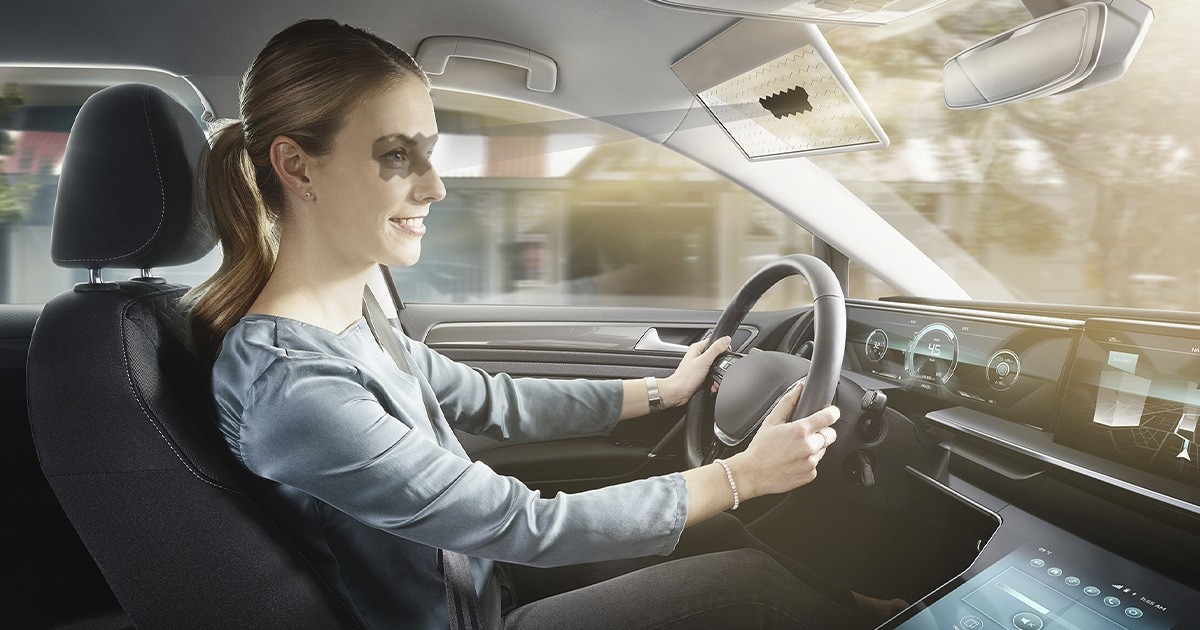Bosch’s infotainment domain computer is powerful brain for digital cockpits of the future
&w=256&q=90)

At CES this year we saw screens everywhere, on the cluster, on the dash, in front of the passenger, on the central stack and even on front headrests for backseat passengers. It’s a sci-fi dream for vehicle occupants, but carmakers are faced with the challenge of making it all work.
In a world of thin and light laptops, tablets and phones, tech consumers are spoiled with computing power and form factor. In most cases, these gadgets are fully integrated and can do everything we imagine all in a neat little package.
We’ve come to expect the same from our cars. We want our infotainment systems and digital cockpits to be neat, integrated, intuitive and powerful. But getting there isn’t so simple, it requires specialist, complex and high-powered computers, dedicated for the task at hand.
What’s more, carmakers need to be able to use computing hardware in more than one vehicle, it needs to scale and support many screens, sensor arrays and more than one in-car system or digital cockpit.
Making a car’s infotainment system isn’t as simple as slapping a tablet on the dashboard and attempting to connect everything up. It’s safe to say the computers that will bring digital cockpits of the future to life are far from simple.
The infotainment domain
Take Bosch’s infotainment domain computer for example. Announced at CES this year, Bosch says its infotainment domain computer is what’s going to “enable advanced in-vehicle features quickly and efficiently.”
“Infotainment domain computer” is a bit of a complex name, but essentially the processing unit is designed to connect all facets of the in-vehicle experience to the rest of the vehicle. That’s not a simple task when you think about how advanced modern cars are. There are hundreds if not thousands of sensors, voice assistants, touchscreens, hardware control buttons, various displays, cameras, speakers… the list could go on.

Bosch’s infotainment domain computer is the hardware brains behind what brings a digital cockpit experience to life.
The point is that there is a staggering amount of input information to assimilate in a car, more than a phone or laptop must ever deal with, and then synthesizing that input into understandable output requires more specialist technology.
Bosch’s infotainment domain computer brings all of these components together, provides them with a centralized processing house and then sends out relevant information to output devices like screens or speakers for human drivers to make sense of. And it does all this in a production ready package that’s buried deep beneath the dashboard.
"With the Information domain computer, Bosch is providing connectivity and computing power to the modern world of mobility," said Stefan Buerkle, senior vice president and head of Connected Information Solutions, Bosch in North America.
The computer uses buckets of high-power, specialist technology. It’s powered by Snapdragon Automotive Cockpit Platform, which is powerful enough to process detailed audio-visual content, and artificial intelligence and contextual safety features too. It’s also capable of allowing carmakers to integrate voice assistances like Amazon Alexa and Cerence (also found on TomTom Digital Cockpit).
For embedded and cloud-based navigation, TomTom’s Navigation for Automotive is also part of Bosch’s package. To connect everything together and make them work seamlessly, it calls on tech from the likes of Texas Instruments and Molex.
It’s important to remember that Bosch’s computer is very much a hardware solution. The software that brings in-vehicle experiences to life is a whole other kettle of fish.
Using this computer gives carmakers a fast and simple route to centralizing much of the processing a car needs to do But of course, in reality it’s all a lot more complicated than this, click here if you want to dive a bit deeper.
October 21, 2022, 06:30 UTC.This article has been updated to reflect the new name of TomTom’s in-vehicle infotainment platform. It is now called TomTom Digital Cockpit.People also read
)
TomTom Digital Cockpit Now Comes with Amazon Music Out of the Box
)
Meet the devs that coded their way out of the coronavirus chip shortage
)
New Way to Build Digital Cockpits
* Required field. By submitting your contact details to TomTom, you agree that we can contact you about marketing offers, newsletters, or to invite you to webinars and events. We could further personalize the content that you receive via cookies. You can unsubscribe at any time by the link included in our emails. Review our privacy policy.